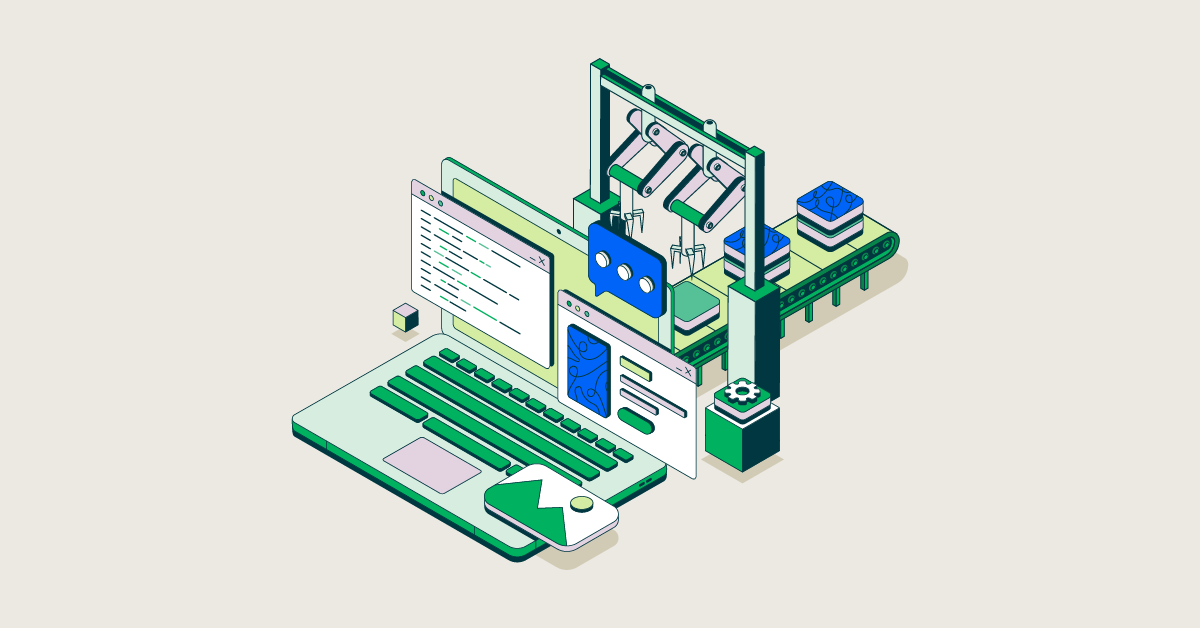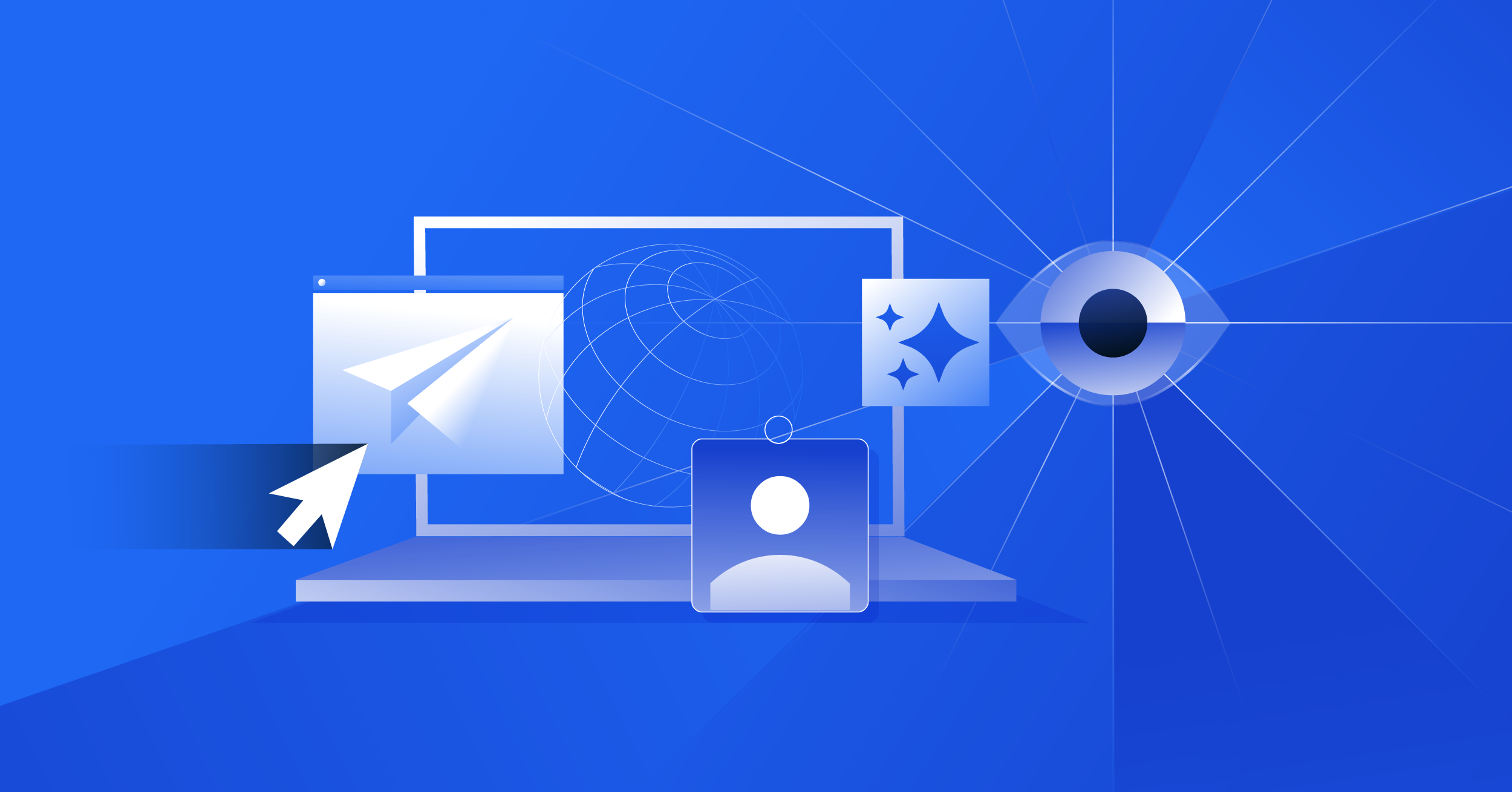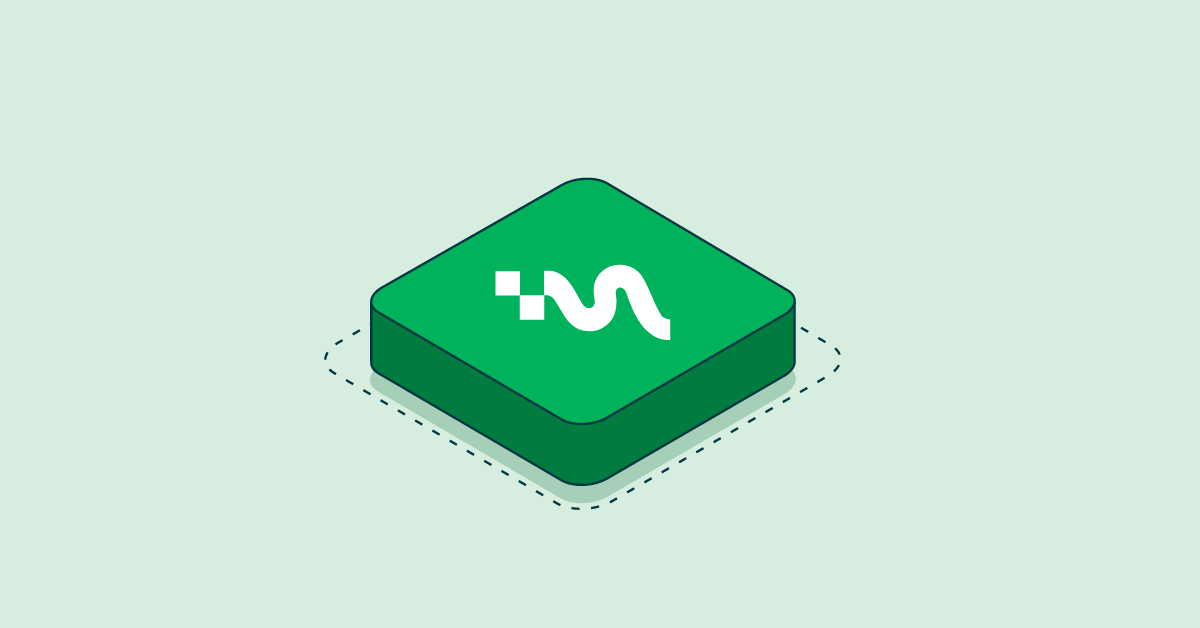- Aug 20, 2024
- 4 min
How to make the business case for a B2B customer portal in manufacturing
Magnolia in action
Take 12 minutes and a coffee break to discover how Magnolia can elevate your digital experience.
From traditional manufacturers to producers of high-tech solutions, businesses in the manufacturing industry are increasingly focusing on customer-centric strategies to drive growth. In particular, they are working to deliver responsive, personalized digital experiences to attract and retain customers. But at the same time, many need ways to enhance operational efficiency and drive down costs.
Implementing a B2B customer portal can help your business address these goals. This kind of portal can produce strategic value that will set you apart from the competition. By offering a convenient, engaging digital experience for placing orders, accessing product information, requesting support, and more, you can open new revenue opportunities while also streamlining processes.
How should you make a business case for a B2B customer portal? Exploring key use cases for improving digital experiences, driving revenue growth, and cutting costs will help you identify the tangible business benefits that a customer portal can generate.
Deliver better customer experiences
By providing a single, self-service resource for key information and interactions, a B2B customer portal can improve customer experiences. For example, a portal can provide customers a fast, easy way to find detailed product information—including tech specs, materials used, customization options, and vendors that offer spare parts. Real-time information about product availability, production times, inventory levels, and order status can help customers precisely adjust their own production schedules. For projects that involve customer collaboration, the portal can also include features for sharing designs, project plans, and updates.
After sales, a portal can also provide a single point of contact. You can offer technical support and information about maintenance schedules and spare parts ordering directly through the portal. And to help customers and partners use your product more effectively, you can use the portal to offer training materials, instructional videos, and other resources.
Unlock new revenue opportunities
Providing better customer experiences can improve customer satisfaction, increase retention, and open the doors for new revenue opportunities. For example, a portal can offer a range of cross- and upsell opportunities. We’ve all visited ecommerce sites that recommend products based on our past searches or purchases. Similarly, a B2B customer portal can suggest add-on products, spare parts, or customization options.
The portal can also help transform one-time purchases into recurring revenues. You could offer service contracts or predictive maintenance plans that bolster customer confidence in your products while also producing revenue. To improve customer lifecycle management, you could generate customer notices that announce new product features, present upgrade opportunities, or provide maintenance reminders throughout the lifespan of a product.
When you launch new digital services, the portal provides a means for delivering those services directly for customers. Similar to offering a service plan, you could augment physical products with related digital services—such as offering an IoT-based predictive maintenance solution for an analytical instrument.
Assess the ROI of B2B customer portals for manufacturing
Learn how a B2B customer portal can serve as a value driver for manufacturing.
Reduce costs and enhance efficiency
While portals present opportunities for generating new revenues, they can also help improve efficiency and cut costs for a range of customer-related activities. First and foremost, you can avoid expensive mistakes. For example, as part of the customer service process, your company might need to hand off critical information to the customer. If any information is missing or incorrect, though, you would need to fix those mistakes and absorb the costs. A self-service portal with automated processes and direct links to centralized, accurate information can reduce the likelihood of these errors and help you avoid costly fixes.
You could also use your portal to streamline order intake and help improve production efficiency. One company achieved 80% greater standardization in production processes by implementing a self-service configure-price-quote (CPQ) solution for customers. Besides cutting costs, the company improved customer satisfaction by producing tailored quotes in minutes.
After customers order products, the portal can help avoid costly delivery problems. For example, you could eliminate failed attempts to deliver orders—and avoid the costs of redelivery—by enabling customers to choose their preferred delivery time and location through the portal.
Finally, your customer portal can simplify customer service intake, triaging each new service request and redirecting it to the right department. As a result, you can resolve issues faster and more efficiently, both saving money and increasing customer satisfaction.
Start constructing your business case for a B2B customer portal
A customer portal can play a vital role in addressing two key priorities: boosting revenues and cutting costs. You can improve customer experiences, generate add-on sales, and simplify processes by implementing a single, convenient way to inform and interact with customers. Making the business case for implementation should begin with an understanding of these use cases and benefits, and then proceed with a thorough assessment of your potential return on investment.
Learn more about how to make the business case for a B2B customer portal and how to evaluate your return on investment. Read the white paper, “Assessing the ROI of B2B portals for manufacturing.”









